The physical similarities and shared genetic origins of identical twins have always engrossed scientists and the public. They are born from a single fertilized egg that splits into two embryos. As the identical twins begin their lives with nearly identical DNA, it leads to the assumption that they are genetic clones. Many studies have been conducted to know the differences between their genetic makeup that can merge over time. These studies revealed the subtle distinctions in their genetic makeup that can consolidate as the time passes. Despite having almost the same DNA, the identical twins do not share identical fingerprints. This raises questions about the roles of genetics and environment in shaping human identity.
Do identical twins have the same fingerprints?
No, identical twins do not have the same fingerprints. While they share the same DNA, fingerprint formation is influenced by random environmental factors in the womb, such as pressure, blood flow, and position. These factors affect the development of the dermal ridges, leading to unique patterns for each individual. Fingerprints are a result of both genetic and epigenetic influences, making them distinct even among genetically identical individuals.
This uniqueness is why fingerprints remain a reliable method for personal identification, even in cases involving identical twins. Genetic similarity does not override the stochastic nature of fingerprint development.
How are identical twins formed?
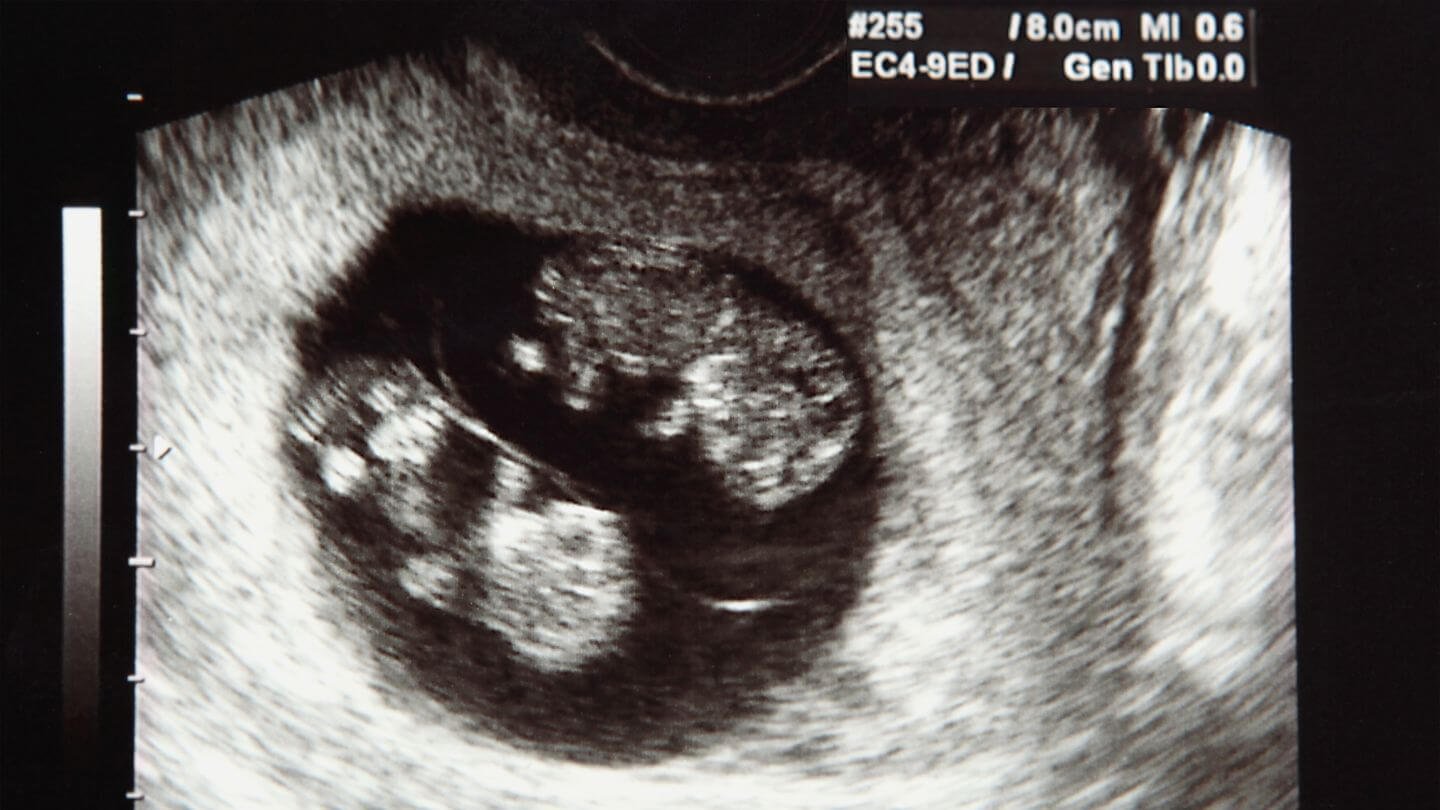
The process of identical twin formation takes place in a sequence of steps which are as follows:
- A single sperm fertilizes an egg and zygote is formed.
- During the very early stages of development, zygote (the fertilized egg) splits into two separate groups of cells.
- Each group of cells continues to divide and eventually two separate embryos are formed.
- It results in the formation of identical twins. As they arise from a single zygote, their genetic makeup is similar to each others’.
Can identical twins always have the same DNA?
The identical twins do not always have exactly the same DNA. As the development begins, the sequence of DNA nucleotides is likely to be the same. However, random mutations and changes in small chemical tags on the DNA indicate differences exist in their DNA. These differences seem to be very small but show that their DNA is not 100% identical. It will be far more similar than any two non-twin relatives’ DNA and for many purposes can be treated as identical.
How genetic differences occur in identical twins?
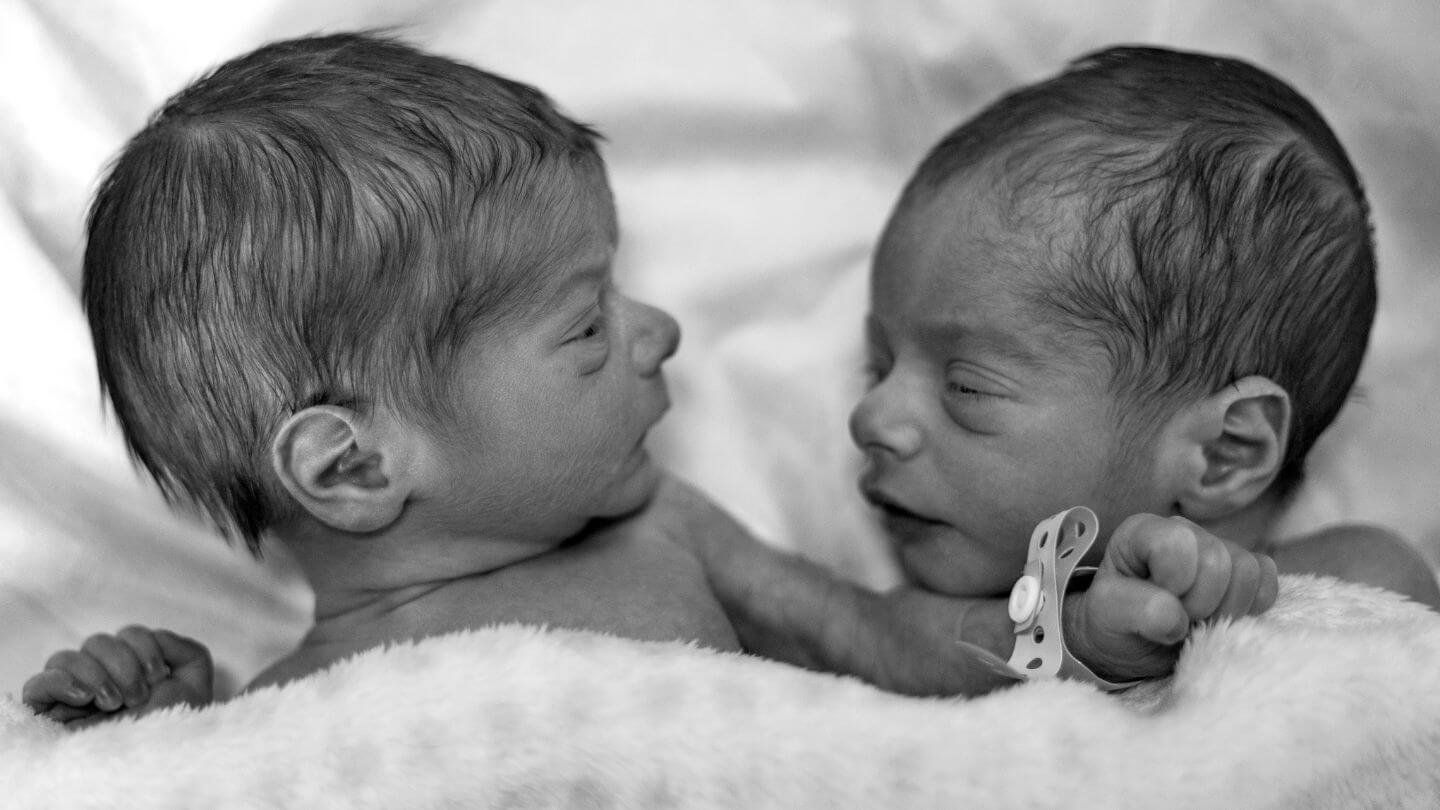
Early Mutations
- Each twin’s cell starts dividing on its own, as the fertilized egg splits.
- Spontaneous mutations (tiny changes in the DNA sequence) may arise in one twin during the process but remain absent in the other.
- Epigenetics refers to the study of changes in gene expression that occur without altering the sequence of DNA. It explores the idea that the factors like environment, diet, and stress affect the genes which are turned on or off.
Do twins have the same fingerprints?
This is the most important and the frequently asked question. The answer to this question is “no” . The twins do not possess the same fingerprints, although they are identical twins. As we know that the identical twins share almost the same DNA, the fingerprints are not identified by genetics alone. Instead, they are molded or structured by a combination of genetic instructions and random environmental factors during fetal development.
Why do identical twins have different fingerprints?
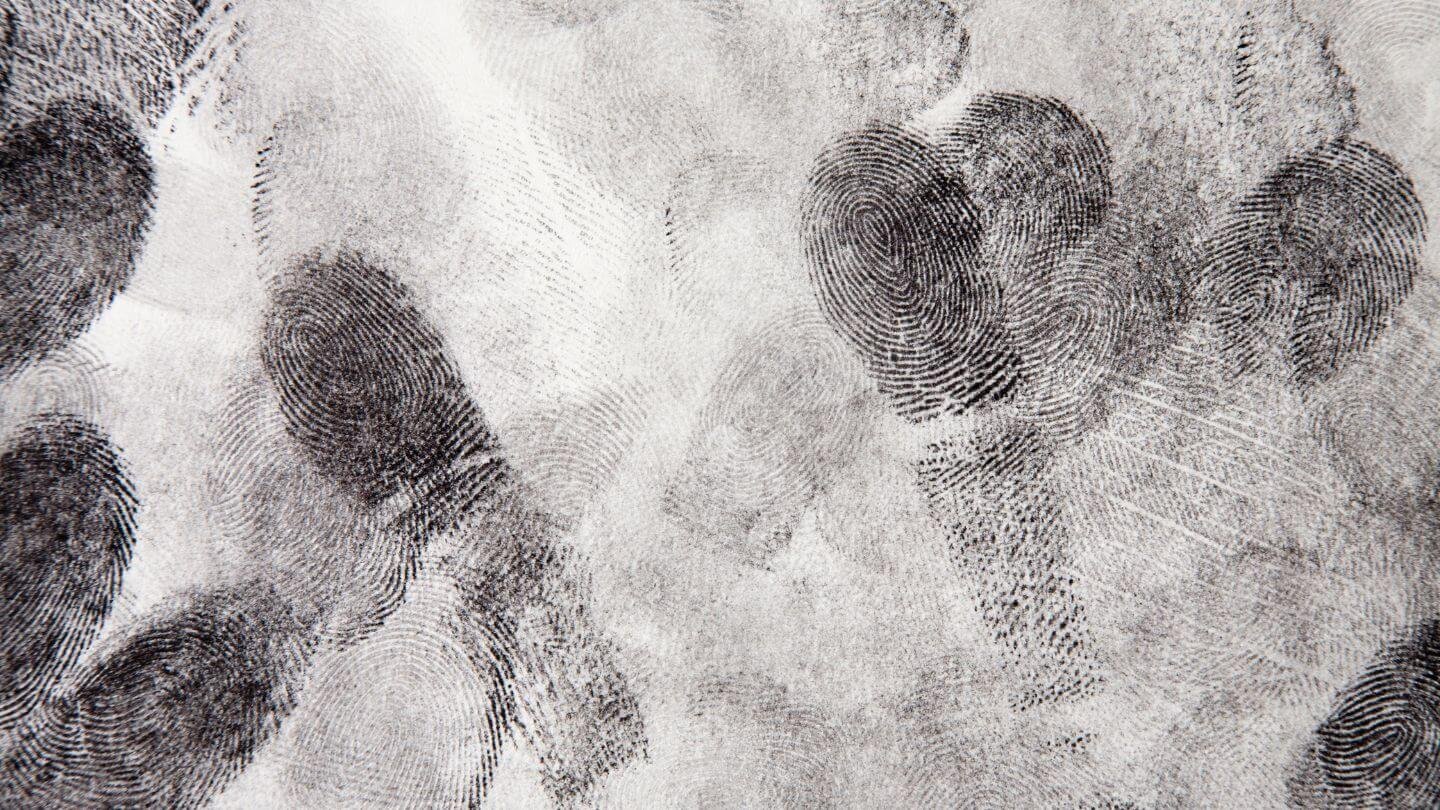
The fingerprints are shaped by genetic instructions and random developmental conditions in the womb. That is why the identical twins may have similar but not identical fingerprints. This special process makes the fingerprints of each person very unique, even if they share the same DNA. Slight variations in these factors can lead to distinct ridge formations. Therefore, no two fingerprints are exactly alike.
🔬 Subscribe to SciMail
Get the latest science discoveries straight to your inbox!
Do identical twins have the same blood type?
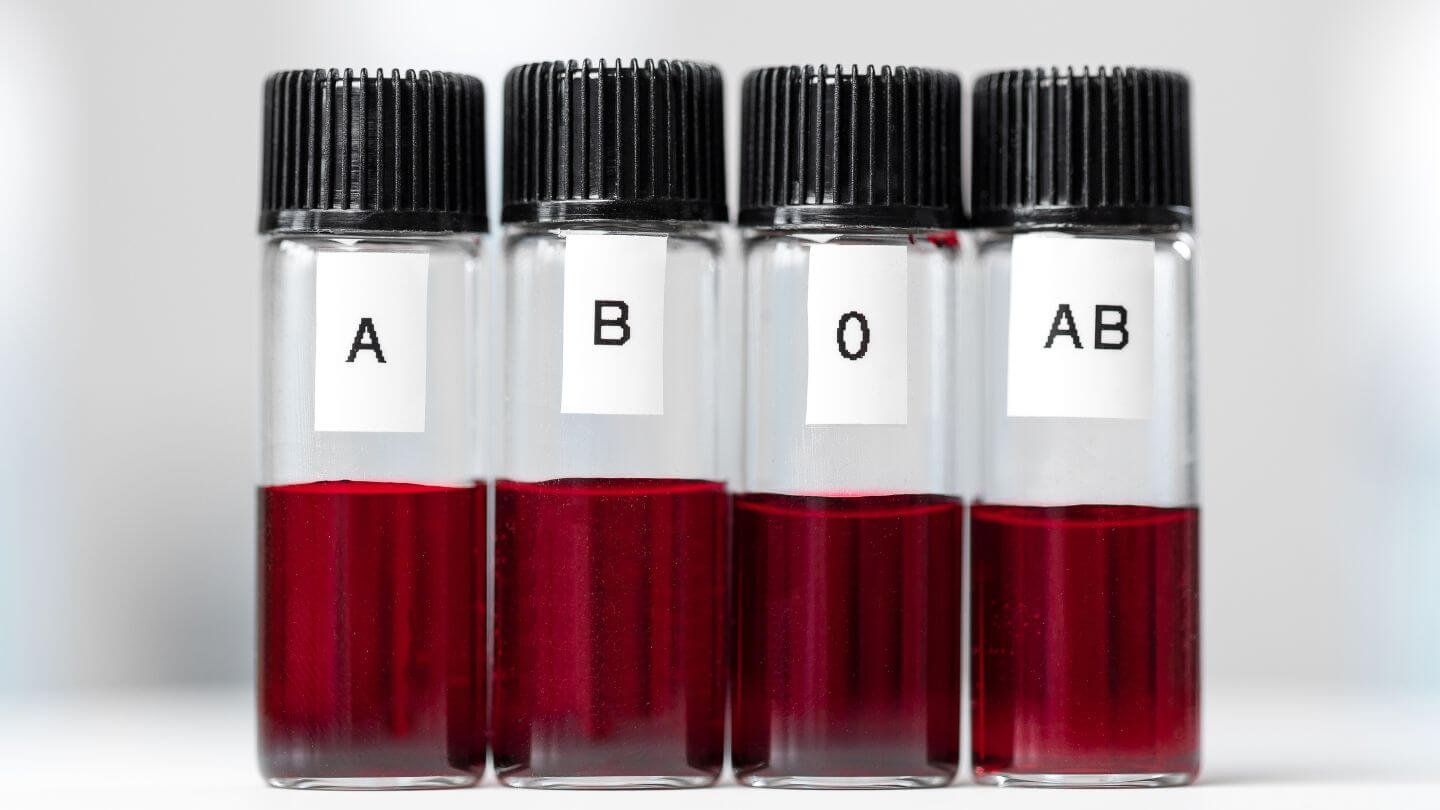
Yes, the identical twins almost always have the same blood type. They typically have the same genes, including those that determine blood type (such as the ABO and Rh systems). So in the vast majority of cases, identical twins have the same blood type.
How much DNA do fraternal twins share?
The identical or monozygotic (MZ) twins have 100 percent of their genes in common. In contrast to the identical twins, the fraternal, or dizygotic (DZ) twins share only 50 percent of the genes ,on an average that vary in the population.
Do identical twins have to be the same gender?
Although there are some rare exceptions, identical twins are almost always the same gender. Because the identical twins are formed from a single fertilized egg that splits into two embryos. Each embryo consists of the same chromosomes including sex chromosomes (such as XX for females and XY for males).
Do all identical twins have the exact same DNA?
No, all the identical twins do not have exactly the same DNA , though they nearly share a similar sequence of DNA. During the development, random mutations and epigenetic changes occur which result in small differences.
Do identical twins have the same IQ?
When it comes to the same level of IQ, it is believed that the identical twins have about 85 percent similar IQ. Whereas in the case of fraternal twins there is about 60 percent similarity in their IQ. It indicates that half of the variation in intelligence is due to genes.
Are twins 100% the same?
No, identical twins are not 100% the same. In the beginning, they have the same DNA but due to some random genetic mutations and differences in environmental factors, variations can be seen between them.
Do identical twins have identical genes?
No, identical twins do not have perfectly identical genes. Initially, they develop from a single fertilized cell but throughout their development and life, they accumulate genetic mutations that lead to some differences in their genomes.

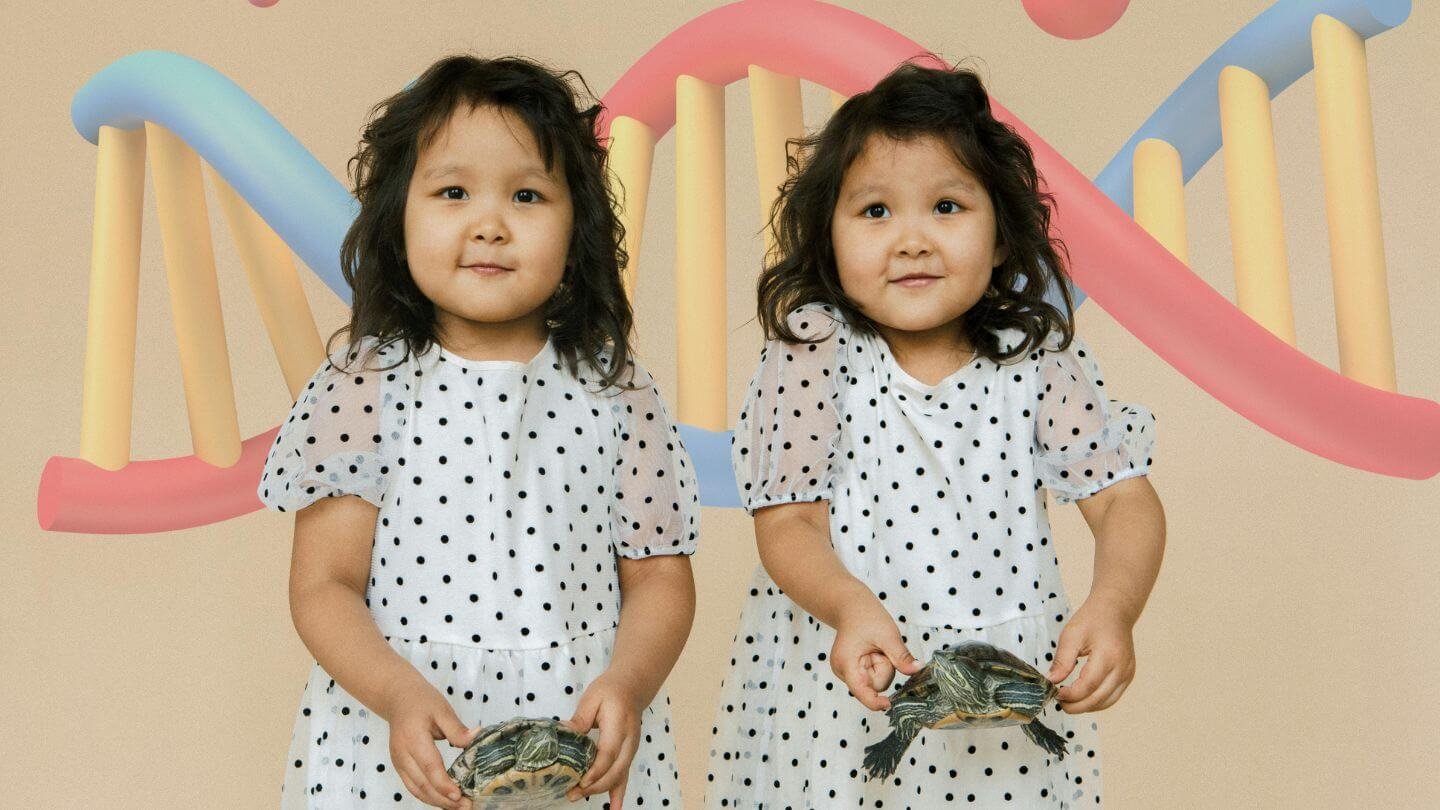
Leave a Reply